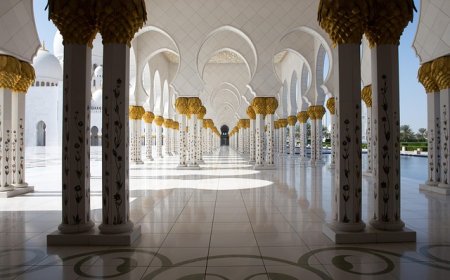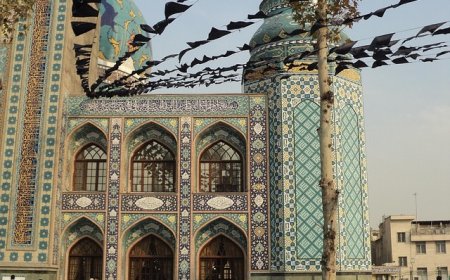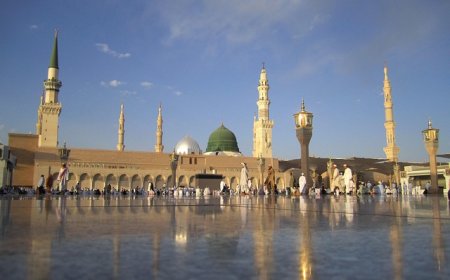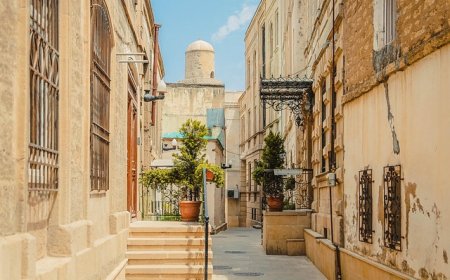Bangladesh for Students: Geography, Culture, and History of South Asia
Learn about Bangladesh’s river valleys, culture, and history in this engaging article for students.
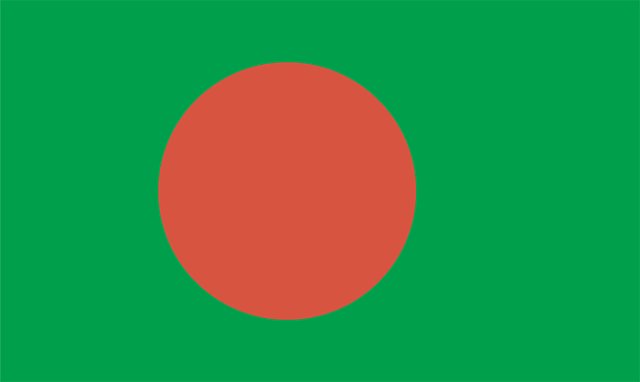
🇧🇩
Introduction
Bangladesh is a South Asian country full of green fields, powerful rivers, and a culture shaped by both ancient traditions and modern growth. Though one of the most densely populated countries in the world, it is also one of the most resilient. From the beautiful Sundarbans mangrove forest to the colorful streets of Dhaka, Bangladesh is a country of energy, creativity, and community.
Geography and Landscape
Bangladesh lies east of India and shares a southeastern border with Myanmar. To the south is the Bay of Bengal. The land consists mostly of flat, fertile river plains formed by the Ganges, Brahmaputra, and Meghna Rivers.
These rivers bring rich soil but also cause seasonal flooding during the monsoon. They remain vital for farming, fishing, and daily life.
Bangladesh has a tropical climate: hot summers with heavy monsoon rains (June–October) and cooler winters (November–February).
In the south, the Sundarbans—the world’s largest mangrove forest—hosts the rare Bengal tiger. The Chittagong Hill Tracts in the southeast are hilly, forested, and home to unique cultures and languages.
Cities and Regions
The capital, Dhaka, is one of the fastest-growing cities globally. It bustles with rickshaws, markets, universities, and government buildings. Dhaka is also the heart of the textile industry, producing clothing for the world.
Other key cities:
- Chittagong – the main port and trade center.
- Khulna – gateway to the Sundarbans.
- Sylhet – famous for tea gardens and natural beauty.
- Rajshahi – known for mangoes, silk, and education.
Despite urban growth, over half of Bangladesh’s population lives in villages and small towns.
People, Language, and Culture
Home to over 170 million people, Bangladesh is predominantly ethnic Bengali. The official language is Bengali (Bangla), and most residents practice Islam. There are also Hindu, Christian, and Buddhist communities, and many celebrate each other’s festivals.
Bangladeshi culture features:
- Poetry and literature, especially works by Rabindranath Tagore.
- Folk music like baul songs, expressing love and spirituality.
- Colorful attire: saris for women and panjabi for men.
- Festivals such as Pohela Boishakh (Bengali New Year) and Eid al-Fitr.
Rural artisans craft pottery, woven baskets, and nakshi kantha (embroidered quilts).
Food and Daily Life
Bangladeshi cuisine is rich and spicy. Meals typically include rice, fish, vegetables, and lentils.
Popular dishes:
- Hilsa fish curry – the national dish, flavored with mustard.
- Shutki – dried fish with chili and onions.
- Dal – lentil soup.
- Paratha – flatbread served with eggs or vegetables.
- Sweets like rasgulla and sandesh.
Tea is served everywhere, and street food is a city staple.
Education is improving, especially for girls. Children start school at age 6, studying Bengali, math, science, social studies, and English.
History of Bangladesh
With roots in ancient kingdoms, Mughal rule, and British colonization, the region became East Pakistan in 1947. After a war in 1971, Bangladesh gained independence, rebuilding with resilience and pride.
Today, Bangladesh is recognized for leadership in climate change action, disaster response, and women’s education. Its economy thrives in clothing manufacturing, agriculture, and technology.
Nature and Wildlife
Despite its density, Bangladesh hosts diverse wildlife:
- Bengal tigers
- River dolphins
- Spotted deer
- Crocodiles
- Birds like herons, eagles, and kingfishers.
The Sundarbans mangrove forest is a UNESCO World Heritage Site and tiger sanctuary.
Vulnerable to cyclones, flooding, and sea-level rise, Bangladeshers implement community-based adaptation to protect people and ecosystems.
📚 Vocabulary List
| Word | Definition |
|---|---|
| Bengal | The region comprising Bangladesh and parts of India |
| Monsoon | Seasonal rains vital for agriculture but can cause floods |
| Sundarbans | The world’s largest mangrove forest, home to Bengal tigers |
| Hilsa | A popular fish in Bangladesh and its national dish |
| Nakshi kantha | Traditional embroidered quilt |
| Textile industry | Business of producing cloth and clothing |
| Independence | Freedom from another country’s rule |
| Baul | A wandering spiritual folk singer |
👧🧒 Kid-Friendly Summary
Bangladesh is a land of rivers, green fields, and hardworking people. Most speak Bengali and enjoy rice and fish. The monsoon floods every year, but people adapt by building raised homes and boats.
Dhaka, the capital, buzzes with rickshaws and markets. Bangladesh became free in 1971 and celebrates with music, colorful clothes, and tea shared with friends!
🧠 Interactive Quiz: What Do You Know About Bangladesh?
- What is the capital of Bangladesh?
A) Kolkata
B) Chittagong
C) Dhaka
D) Sylhet - Which rivers shape Bangladesh?
A) Nile and Amazon
B) Ganges, Brahmaputra, and Meghna
C) Yangtze and Mekong
D) Seine and Thames - What is the national dish of Bangladesh?
A) Salmon curry
B) Tuna sandwich
C) Hilsa fish curry
D) Cod stew - What is the Sundarbans?
A) A city
B) A desert
C) A mangrove forest
D) A mountain - What language do most people in Bangladesh speak?
A) Hindi
B) Bengali
C) Urdu
D) English - When did Bangladesh become independent?
A) 1947
B) 1950
C) 1971
D) 2000 - What do rural people often wear?
A) Kimono
B) Shalwar kameez
C) Sari and panjabi
D) Dashiki - Who are bauls?
A) Opera singers
B) Rappers
C) Spiritual folk singers
D) Classical violinists


















































